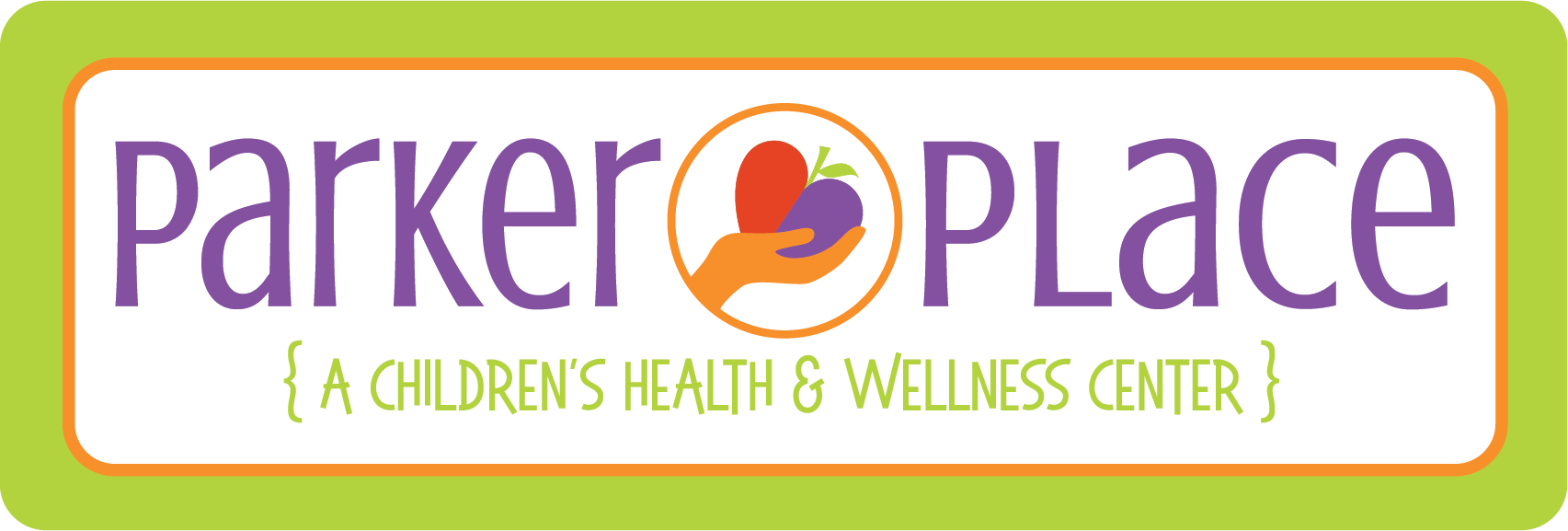ACTIVITIES OF DAILY LIVING
How do occupational therapists help your child to improve independence in their Activities of Daily Living (ADLs)?
Personal hygiene:
Desensitize your child’s face with a washcloth or vibrating brush prior to brushing teeth, to address toothbrush sensitivity
Use visual timers to help your child establish healthy hygiene routines (washing hands, brushing teeth)
Use raised grip on toothbrush if your child’s grip is delayed or weak
Model hygiene tasks on a person or a doll to get your child comfortable with hygiene tasks
Feeding:
Provide education on oral stimulation exercises to improve breast feeding in infants
Optimize positioning for feeding time in toddlers and children Increase exposure to different food textures, smells, and colors
Introduce adapted eating utensils if fine motor skills are delayed
Encourage screen-free dinner meals to avoid distractions
Provide education on building healthy mealtime routines such as: introducing changes to meal time one at a time, reinforcing good table behaviors with positive affirmations, not forcing a change in your child’s diet, keeping a log of your child’s preferred/non-preferred foods for future appointments
Dressing:
Provide opportunities for practice with grip/grasp with buttons, zippers and laces
Create and demonstrate appropriate use of visual schedules for morning/bedtime dressing routines
Play dress up on a doll to help a child select appropriate weather clothing
Bathing:
Educate and demonstrate to families the use of visual schedules to depict the steps of bath time to establish routines
Give the child a sense of independence by letting them choose which toys to play with during bath time
Toileting:
Assist with establishing a toileting routine by encouraging regular bathroom breaks throughout the day
Include non-regular times (i.e., before a meal, before leaving home for an outing)
Provide education to parents and caretakers on good practices during toileting activities such as: allowing your child enough time (20–30 minutes) to get used to sitting on the toilet, using a visual schedule with pictures to help the child learn the steps of a toileting routine, increasing fluid intake by encouraging your child to drink 4–6 ounces of liquid per hour
Functional mobility:
Facilitate movement to sit, crawl, or walk with play-based activities - these activities may target balance, core coordination, and gross motor skills
Address developmental milestones in your child to assess for any developmental delays

